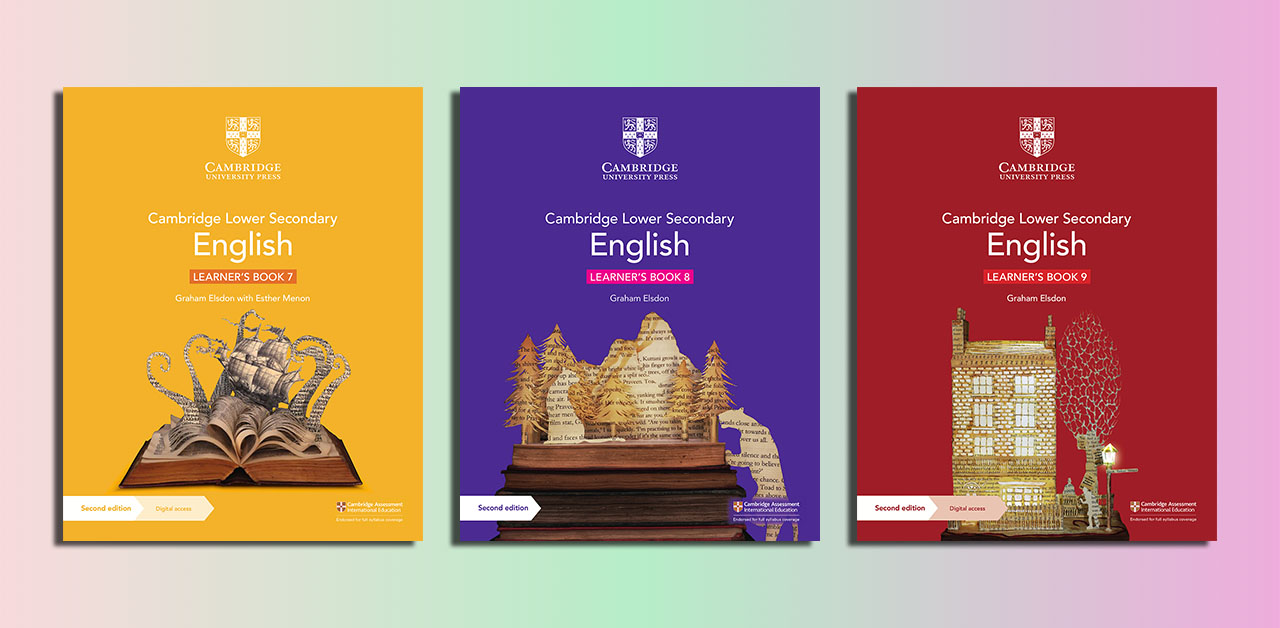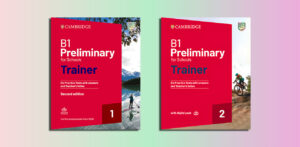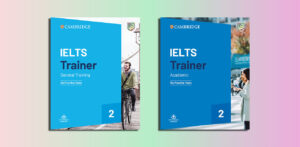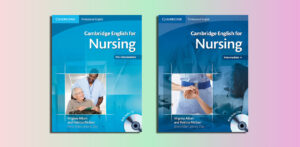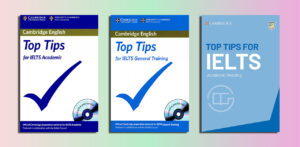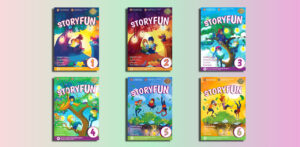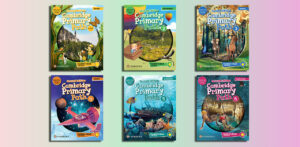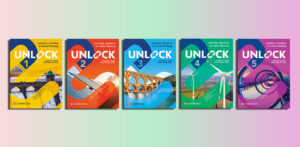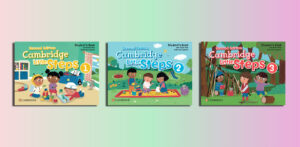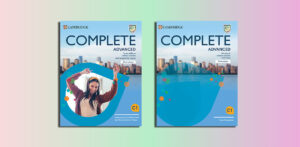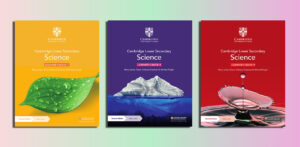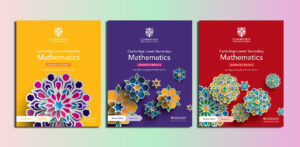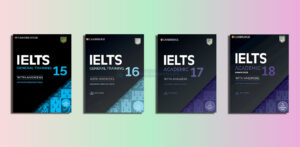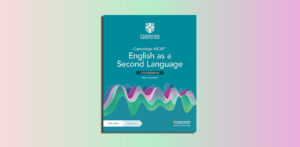Cambridge Lower Secondary English 2nd Edition (PDFs, Resources)
Level 7
Cambridge Lower Secondary English 2ed 7 Learner’s Book Answers.pdf
Cambridge Lower Secondary English 2ed 7 Learner’s Book.pdf – Sample: Click
Cambridge Lower Secondary English 2ed 7 Teacher’s Resource.pdf
Cambridge Lower Secondary English 2ed 7 Workbook Answers.pdf
Cambridge Lower Secondary English 2ed 7 Workbook.pdf – Sample: Click
Level 8
Cambridge Lower Secondary English 2ed 8 Learner’s Book Answers.pdf
Cambridge Lower Secondary English 2ed 8 Learner’s Book.pdf – Sample: Click
Cambridge Lower Secondary English 2ed 8 Workbook Answers.pdf
Cambridge Lower Secondary English 2ed 8 Workbook.pdf – Sample: Click
Level 9
Cambridge Lower Secondary English 2ed 9 Learner’s Book Answers.pdf
Cambridge Lower Secondary English 2ed 9 Learner’s Book.pdf – Sample: Click
Cambridge Lower Secondary English 2ed 9 Teacher’s Resource.pdf
Cambridge Lower Secondary English 2ed 9 Workbook Answers.pdf
| Name | Price | Buy |
|---|---|---|
| Cambridge Lower Secondary English 2ed - All 3 Levels (PDFs, Resources) | $8 |
Overview of the “Cambridge Lower Secondary English Second Edition” by Cambridge
Contents
- 1 Overview of the “Cambridge Lower Secondary English Second Edition” by Cambridge
- 2 Who is suitable for “Cambridge Lower Secondary English Second Edition”?
- 3 The benefits of “Cambridge Lower Secondary English 2nd Edition”
- 4 Effective learning strategies for “Cambridge Lower Secondary English 2nd Edition”
| ✅ Coursebook: | Cambridge Lower Secondary English 2nd Edition |
| ✅ Authors: | Graham Elsdon, Esther Menon, Patrick Creamer, Giles Clare, Helen Rees-Bidder |
| ✅ Publisher: | Cambridge University Press |
| ✅ English type: | International English |
| ✅ For: | Secondary, Junior High School |
| ✅ Publication year: | 2021 |
What the series is
- The series covers the English subject for lower secondary levels (typically ages ~11-14) under the Cambridge Lower Secondary English Curriculum Framework.
- It is the Second Edition, updated from earlier versions. For example, the Learner’s Book for Stage 9 shows an edition description “2nd Revised ed.”.
- Different series/versions exist for slightly different needs: e.g., there is also a “Complete English” variant (see one description: Student Book, Workbook, Teacher Handbook) from the same stage levels.
- A version of the series (from another publisher) is aligned to the English-as-a-Second-Language (ESL) curriculum of Cambridge. E.g., the Marshall Cavendish “Cambridge Lower Secondary International English” series for ESL.
Key features & what students/teachers can expect
Here are some of the major features and aims of the series.
1. Skills-based, text-rich approach
- The series uses a variety of text types: fiction (short stories, drama, poetry), non-fiction (articles, extracts), and multimodal texts. For example, the Learner’s Book Stage 9 lists units like “Going underground”, “Law and order”, “The Speckled Band”, “Time”, etc.
- It emphasises not just reading and writing, but the full set of language skills: reading, writing, speaking, listening.
- It seeks to develop higher-order skills: critical thinking, collaboration, project work, and real-world applications. For example: “Units end with a project, like analysing story endings, to help you communicate confidently and apply your learning to real-world scenarios.” from Stage 9 description.
2. Clear progression & curriculum alignment
- The materials are designed to map to the Cambridge framework for lower secondary English. For example, one description mentions “full coverage of the Cambridge Lower Secondary English 7 curriculum …” for the Student Book.
- Teacher and support resources (Teacher’s Handbook, etc) help with planning, differentiating, and delivering lessons according to that framework.
- The progression is intended to prepare students for the next steps (for example moving towards IGCSE / Cambridge Secondary 1) though the series itself focuses on the earlier stage.
3. Structure & components
- Typical components: Student Book / Learner’s Book, Workbook, Teacher’s Handbook (or Teacher Guide). (In some variants: digital resources too)
- For example, for Stage 9: the Learner’s Book lists 9 units covering diverse themes.
- The Student/ Learner’s Book typically includes unit openers (to activate prior knowledge), texts to read/listen, tasks for language practice, speaking/presentation opportunities, and end-of-unit projects.
4. International focus & up-to-date content
- The series uses international literature and non-fiction extracts, to appeal to diverse learners globally. One description says: “Build strong foundations with this skills‐focused course, offering a variety of text types and up-to-date international literature and non-fiction extracts.”
- It is intended for use in Cambridge schools and international schools around the world.
Strengths
Here are some of the strong points of the series:
- Comprehensive: It covers the full curriculum for each stage, making it useful as a main textbook for those levels.
- Balanced: By including a variety of text types and tasks, it helps develop all language skills and not just exam-style reading.
- Engaging themes: The thematic units (e.g., “Exploration and Investigation”, “The world today”, “Strange and unusual”) make content more interesting for students.
- Teacher-friendly: With teacher resources and structured approach, it aids lesson planning and differentiation.
- Globally relevant: Good fit for international/mixed ability classrooms; international text choices and global contexts.
Cambridge Lower Secondary English Learner’s Book 7 Second Edition
Who is suitable for “Cambridge Lower Secondary English Second Edition”?
The “Cambridge Lower Secondary English Second Edition” is designed to meet the needs of a wide range of learners studying English at the lower secondary level (typically ages 11–14, or Cambridge Stages 7–9). It’s part of the Cambridge Lower Secondary curriculum, providing a solid foundation for progression to IGCSE English or Cambridge O Level English.
1. Students in Cambridge International Schools
- Learners enrolled in schools following the Cambridge Lower Secondary curriculum will find this series perfectly aligned with their course objectives. It develops core communication skills—reading, writing, speaking, and listening—while building the analytical and critical thinking skills required for higher levels of study.
2. Students Learning English as a First or Second Language
- First Language learners benefit from exposure to authentic literary and non-fiction texts that challenge comprehension, vocabulary, and stylistic analysis.
- Second Language or ESL learners (with intermediate to upper-intermediate proficiency) can also use the series effectively because the texts and activities are supported with structured guidance, glossaries, and scaffolding tasks.
3. Students Preparing for IGCSE or International Examinations
- Those who plan to move on to Cambridge IGCSE English (First Language or Second Language) will find this series an ideal stepping stone. It helps bridge the gap between basic English understanding and the analytical, writing, and reasoning skills needed for upper-secondary study.
4. Teachers Seeking Structured, Global English Resources
- Teachers who want a comprehensive, flexible course with clear learning outcomes and assessment support will benefit from this edition. It provides Teacher’s Guides, Workbooks, and Digital Resources that simplify lesson planning and differentiation for mixed-ability classrooms.
5. Learners in International or Bilingual Schools
- Because the course includes global topics, diverse literature, and cross-cultural themes, it suits students studying in international environments or bilingual programs who wish to develop strong, globally relevant communication skills.
In summary:
This series is most suitable for students aged 11–14 studying in Cambridge or international English programs, whether English is their first or additional language, and for teachers who need a structured, skills-focused curriculum that prepares learners for IGCSE-level English and beyond.
Cambridge Lower Secondary English Learner’s Book 8 Second Edition
The benefits of “Cambridge Lower Secondary English 2nd Edition”
The “Cambridge Lower Secondary English Second Edition” offers a well-balanced, modern approach to English learning for students aged 11–14. Developed by Cambridge University Press & Assessment, it builds a strong foundation for further study and helps learners develop confident communication and critical thinking skills.
1. Comprehensive Skill Development
- The course strengthens all four key language skills — reading, writing, speaking, and listening — through a wide variety of engaging activities. It also promotes grammar, vocabulary, and spelling mastery within meaningful contexts, helping students use English accurately and effectively.
2. Exposure to Diverse and Engaging Texts
- Each unit includes carefully selected fiction, non-fiction, poetry, and media texts from around the world. This not only enhances language comprehension but also encourages learners to appreciate different perspectives, cultures, and writing styles.
3. Aligned with the Cambridge Curriculum
- The series fully supports the Cambridge Lower Secondary English Curriculum Framework (Stages 7–9), ensuring smooth progression to Cambridge IGCSE or O Level English. Learning outcomes and assessments are clearly structured to match international standards.
4. Critical and Creative Thinking
- Tasks and projects go beyond rote learning — students are guided to analyse, interpret, and evaluate texts. End-of-unit projects encourage creativity, problem-solving, and collaboration, preparing learners for real-world communication.
5. Support for Teachers and Independent Learning
- Teacher’s Guides, Workbooks, and digital resources provide clear lesson plans, differentiated activities, and assessment ideas. The Learner’s Books promote independent learning through self-assessment checklists and reflection tasks.
6. Digital and Global Relevance
- The Second Edition integrates digital resources and modern themes relevant to students’ lives today — such as technology, the environment, and global issues — making learning interactive, engaging, and up to date.
Cambridge Lower Secondary English Learner’s Book 9 Second Edition
Effective learning strategies for “Cambridge Lower Secondary English 2nd Edition”
To get the best results from the “Cambridge Lower Secondary English Second Edition”, students should combine structured study habits with active, creative engagement. The course is designed for flexibility — whether in the classroom or for independent learning — so using it effectively means practising across all four language skills.
1. Engage Deeply with Each Text
Read all the stories, articles, and extracts carefully — not just for meaning, but for style, tone, and structure.
- Annotate key vocabulary and literary devices.
- Summarise each section in your own words to check understanding.
- Discuss themes and ideas with classmates to develop analytical thinking.
2. Practise Writing Regularly
Use the writing activities and projects in each unit to build fluency and accuracy.
- Start by planning ideas with mind maps or outlines.
- Revise drafts using the checklists in the book.
- Try writing in different forms — stories, letters, reports, or essays — to develop adaptability.
3. Develop Speaking and Listening Skills
Take every opportunity to speak and present in class.
- Practise summarising texts aloud or debating key topics from the units.
- Listen actively to your peers and audio materials to improve pronunciation, rhythm, and comprehension.
- Record your own presentations to identify areas for improvement.
4. Use the Workbook and Digital Resources
Reinforce learning through the Workbook and online exercises that accompany the Learner’s Book.
- Complete grammar and vocabulary tasks for extra practice.
- Use digital quizzes and audio tools to review listening and comprehension skills.
5. Reflect and Self-Assess
At the end of each unit, review your progress using the reflection questions and learning outcomes.
- Note which skills you’ve improved and which need more practice.
- Set personal goals for the next unit to track consistent progress.
6. Collaborate and Explore Beyond the Textbook
Work in groups on end-of-unit projects to build communication, teamwork, and creativity.
- Connect lessons to real-world issues or local examples.
- Explore additional reading or media related to the unit’s themes to deepen understanding.


